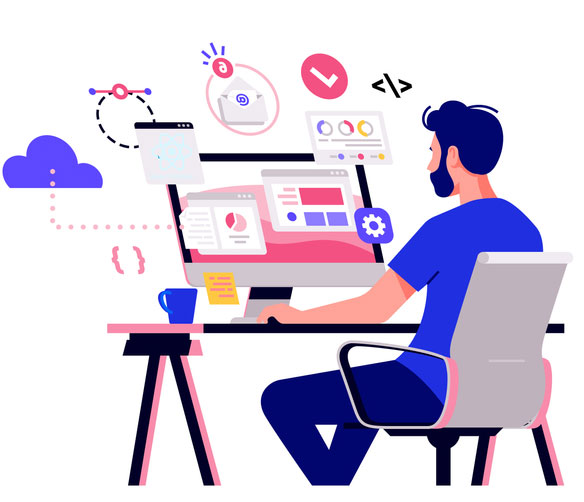Web development is a dynamic and constantly evolving field.Staying updated with the latest technologies is crucial for creating accessible websites and complex web apps.
This is a reminder to refresh your memories, as most of you are familiar with the term.Software solutions can be developed using a set of pre-existing programming modules, tools, and libraries.
As a result, frameworks offer developers the necessary tools and functionalities to create websites, applications, APIs, services, and other solutions, while also dictating rules.
Web development frameworks offer various features for front-end and back-end development, such as UI components, data binding, server-side processing, and content management. They are accessible in various programming languages. Developers have a diverse range of web development frameworks to select from based on their specific project requirements.


